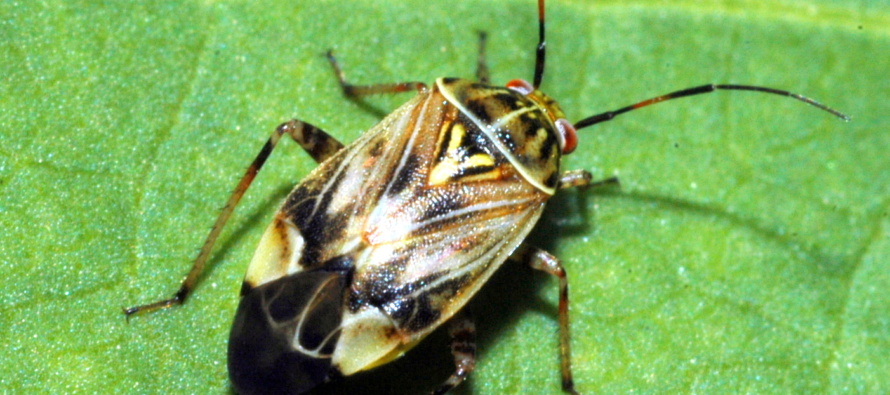Early Season Plant Bug Management Utilizing Square Retention

Related Articles
- Fertilizing Cotton with Poultry Litter 5
- Mississippi Cotton Insect Situation of 2010: A Look Back 3
- Bayer CropScience-O.A. Cleveland Weekly Cotton Commentary 0
Latest Tweets
With the season progressing and the onset of pinhead square, square retention will be an important factor in early season plant bug management. Prior to bloom, monitoring square retention is highly recommended as an additional tool to compliment sweep net counts. Implementing this practice will aid in the decision-making process, as well as, allow you to better evaluate insecticide efficacy. Remember that as plant bugs begin migrating into cotton, it is not uncommon to see populations rebound four to five days after your initial application. The quick increase in number does not necessarily correlate to a control failure, generally, it is the result of movement of additional plant bug adults into the field. Square retention is a better measure of insecticide performance prior to bloom than sweep net counts of adult plant bugs.
Evaluating square retention is an extremely easy process with minimal time requirements. The goal is to maintain 80% square retention. This process can be done several ways, below there is an outline of our preferred method.
- Focus on the easy to find first position squares starting in the terminal.
- Usually between pinhead and match head size.
- Don’t worry about digging around in the terminal to find the tiny pinhead squares.
- Count the first position squares down the plant at least three nodes.

- Move to the next plant, counting three more first position square.
- Some plants will have more or less (only one or two) squares depending on the growth stage, count what you can and move on.
- Continue this process until you have reached 100 first position squares. Don’t focus on plant count.
- While counting first position squares, keep track of missing, blasted, or flared squares as you complete this process.

- Once you have completed your count, determine the percentage of damaged or missing fruit out of the 100 total squares.
Example: There are 10 missing, blasted, or flared squares of the 100-total resulting in 90% (90/100) square retention. All of the research that has been done with square retention has shown that yields are higher at 80-85% square retention than 90-100% retention, so the goal is to maintain at least 80%. If your retention begins to fall below that number it may require an adjustment in the threshold to retain more first position fruiting sites. A good example would be in the first two weeks of square set your retention is 70% catching 5-6 TPB/100 sweeps (threshold is 8/100 sweeps), it would be wise to consider an insecticide application based off poor square retention even though the numbers weren’t quite at threshold.
In a situation like above where square retention falls below 80% and plant bugs are present, insecticide choice becomes extremely important. A lot of imidacloprid is used during early squaring because of cost. All of the research we have done in Mississippi and across the Midsouth has shown that it does not kill very many plant bugs. That doesn’t mean it’s not working. If you are at 90-95% retention, imidacloprid has enough anti-feeding activity and repellency to help maintain square retention above the 80% target. It becomes more and more critical to kill plant bugs as you get closer to 80% retention, so switching off to something that provides better control is important. Some better options in this situation would be Transform or acephate.
Both Transform and acephate have their own strengths and weaknesses at this time of year. The initial cost of acephate is cheap, but it is likely to flare aphids and spider mites. Because of that, acephate could end up costing a lot more down the road. Transform will control aphids and is not likely to flare spider mites, but the initial cost is much higher than acephate. These are difficult decisions to make in a year like this one where cotton prices are extremely low, but keep in mind that the most expensive insecticide is one that doesn’t work.




Let me tell You a sad story ! There are no comments yet, but You can be first one to comment this article.
Write a comment